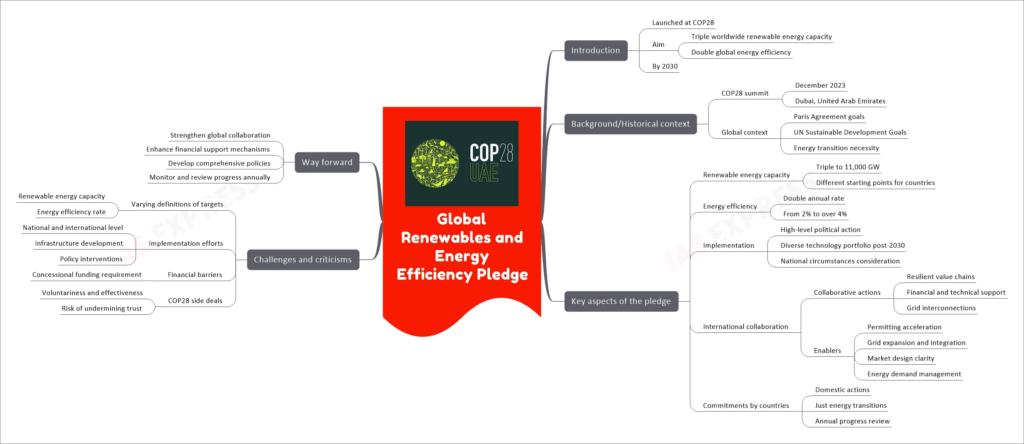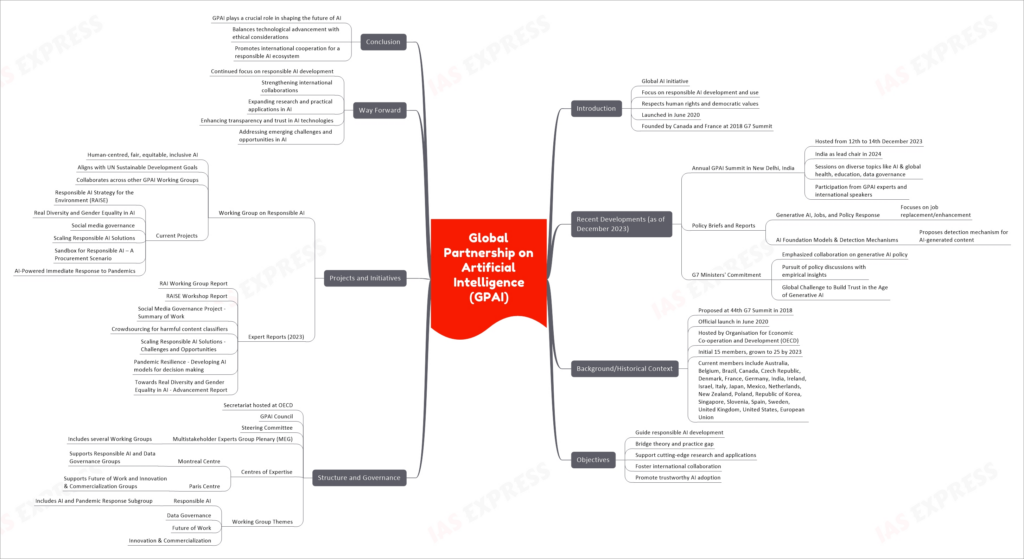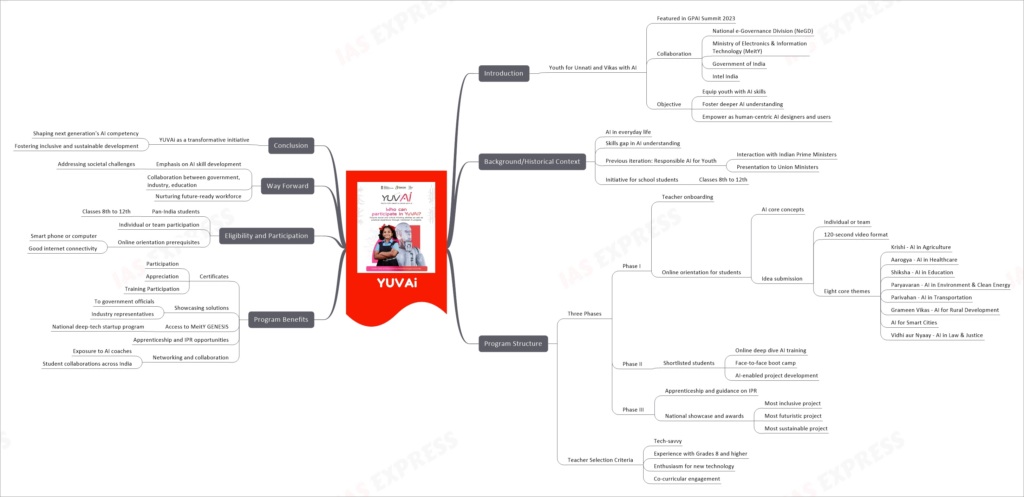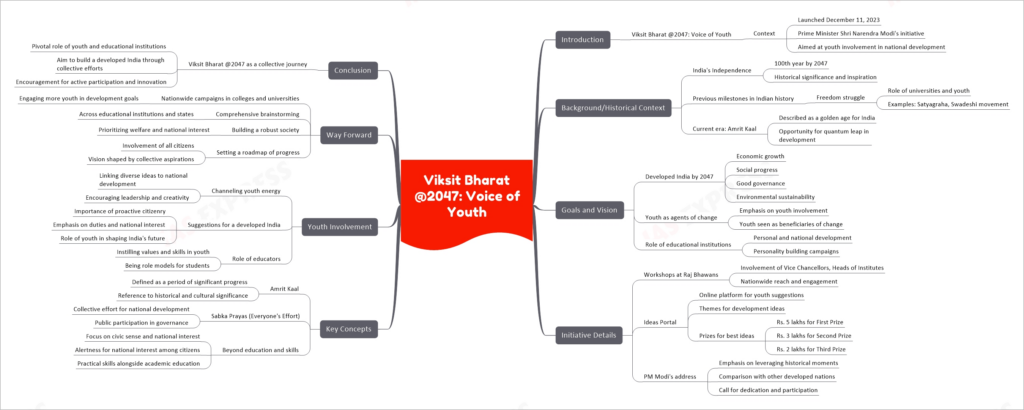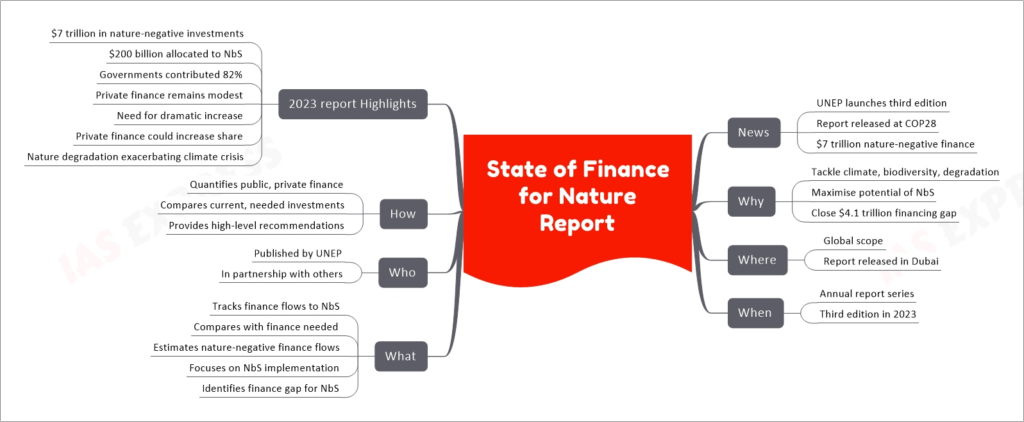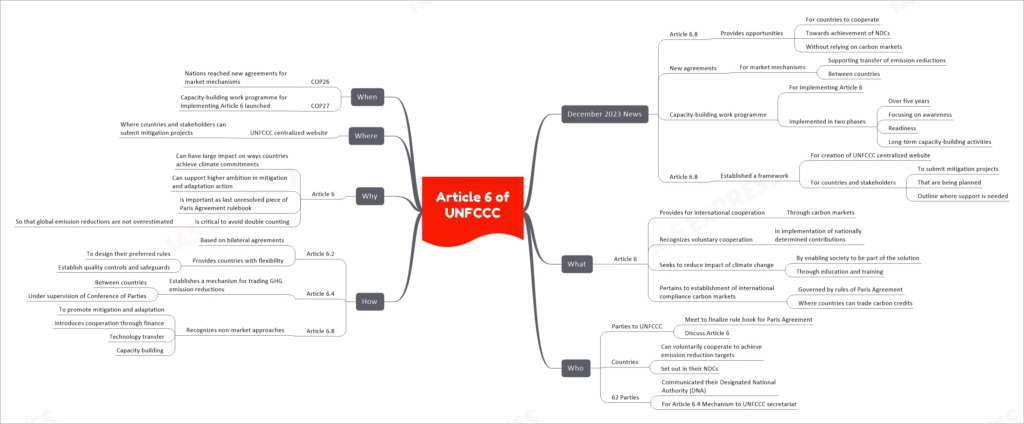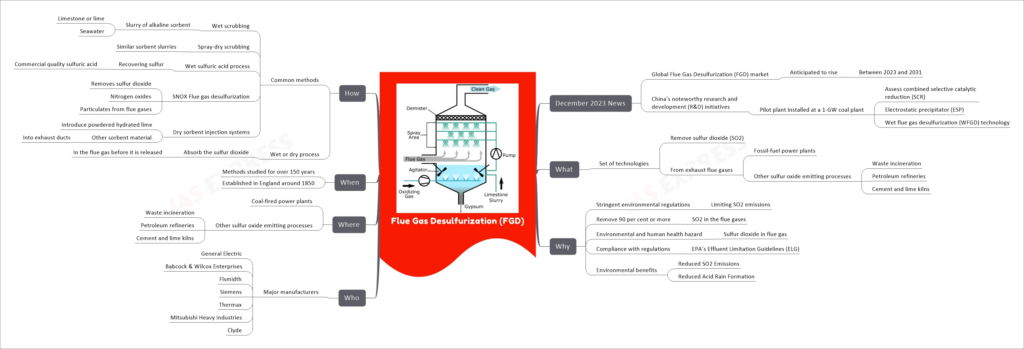[Newsbits] 11.12.2023 – YUVAi, State of Finance for Nature Report, Article 6 of UNFCCC & More

The Global Renewables and Energy Efficiency Pledge, announced at the COP28 climate summit in December 2023, aims to significantly increase the world’s renewable energy capacity and improve energy efficiency by 2030. Essentially, the plan is to triple the amount of energy generated from renewable sources like wind and solar to 11,000 gigawatts and to double the rate at which we’re making energy use more efficient every year. This ambitious pledge involves countries working together, considering different national situations, and focusing on both technology and financial support. However, it’s a big challenge that requires strong policies, investment, and international cooperation, especially as it’s voluntary and not every country has signed up. The goal is to help meet global climate targets and support sustainable development, but it’s crucial to keep checking progress to make sure the plan is working. The Global Partnership on Artificial Intelligence (GPAI) is an international initiative that guides the responsible development and use of AI, respecting human rights and democratic values. Launched in 2020 by Canada and France, it has grown to include 25 member countries. GPAI focuses on bridging the gap between AI theory and practice, supporting research, and promoting trustworthy AI adoption. It’s structured around a council, steering committee, expert groups, and working groups on themes like responsible AI and data governance. The 2023 developments include the annual summit in India, policy briefs on generative AI and AI foundation models, and a G7 ministers’ commitment to AI policy collaboration. GPAI’s projects tackle issues like environment, diversity, social media governance, and pandemic response, aiming to strengthen international collaborations and address emerging AI challenges and opportunities. YUVAi, or “Youth for Unnati and Vikas with AI,” is an initiative by India’s National e-Governance Division and Ministry of Electronics & Information Technology, in collaboration with Intel India. Aimed at students from 8th to 12th grade, it focuses on equipping youth with AI skills and fostering their understanding of AI technologies. The program progresses through three phases, involving teacher onboarding, online student orientation, and project development based on eight core themes like AI in agriculture, healthcare, and education. The initiative encourages participation individually or in teams and includes benefits like certificates, showcasing opportunities, and access to MeitY GENESIS. It represents a significant step in preparing the future workforce for an AI-driven economy and highlights the importance of collaboration among government entities, industry, and educational institutions. Viksit Bharat @2047: Voice of Youth is an initiative launched by Prime Minister Narendra Modi on December 11, 2023, aimed at engaging the youth of India in the nation’s development process as it approaches its 100th year of independence in 2047. The program emphasizes the role of youth as both agents and beneficiaries of change, seeking their involvement in shaping a developed India. It encompasses workshops, an Ideas Portal for youth suggestions, and a focus on leveraging historical inspirations. The initiative also highlights the importance of educational institutions in personal and national development, urging the youth and educators to go beyond academic education and contribute actively to civic sense and national interests. The goal is to create a collective roadmap for India’s progress with active participation from all citizens, particularly the youth, as India strides toward becoming a developed nation by 2047. The National Awards for e-Governance (NAeG) in India, recognize outstanding e-Governance initiatives. The awards aimed to acknowledge achievements in e-Governance, share knowledge on effective implementation, encourage innovation, and promote problem-solving experiences. A total of 16 awards were distributed across various categories, including digital transformation, emerging technologies, and district-level initiatives. Notable winners included the NAFIS of the National Crime Records Bureau, the West Bengal Government’s Suvidha Vehicles Facilitation System, and the Ministry of Panchayati Raj’s SVAMITVA Scheme. The State of Finance for Nature Report is an annual series published by the United Nations Environment Programme (UNEP) that tracks finance flows to nature-based solutions (NbS) and compares them with the finance needed to maximize the potential of NbS to tackle climate change, biodiversity loss, and land degradation. The 2023 edition, for the first time, estimates the scale of nature-negative finance flows from both public and private sector sources globally, identifying a significant finance gap for NbS. The report reveals that close to $7 trillion is invested globally each year in activities that have a direct negative impact on nature, while only $200 billion was allocated to NbS in 2022. The report underscores the urgency to address the interconnected crises of climate change, biodiversity loss, and land degradation, and calls for a dramatic increase in both public funding and private investment. Article 6 of the United Nations Framework Convention on Climate Change (UNFCCC) acknowledges that countries can voluntarily cooperate in the implementation of their Nationally Determined Contributions (NDCs) to allow for higher mitigation ambition and to promote sustainable development. It outlines the possibility of cooperative approaches and the transfer of Internationally Transferrable Mitigation Outcomes (ITMOs) between different actors, including countries and private sector companies, through bilateral agreements. Article 6.8 provides a framework for the creation of a UNFCCC centralized website where countries and other stakeholders can submit mitigation projects that are being planned and outline where support is needed. This online platform can be voluntarily used to facilitate matching projects with financial and technical support available in several focus areas. Flue Gas Desulfurization (FGD) is a set of technologies used to remove sulfur dioxide (SO2) from exhaust flue gases of fossil-fuel power plants and other sulfur oxide emitting processes such as waste incineration, petroleum refineries, and cement and lime kilns. This is done to comply with stringent environmental regulations limiting SO2 emissions. The methods used include wet scrubbing using a slurry of alkaline sorbent, spray-dry scrubbing using similar sorbent slurries, wet sulfuric acid process recovering sulfur in the form of commercial quality sulfuric acid, SNOX Flue gas desulfurization that removes sulfur dioxide, nitrogen oxides and particulates from flue gases, and dry sorbent injection systems that introduce powdered hydrated lime or other sorbent material into exhaust ducts. The global FGD market is anticipated to rise between 2023 and 2031.
